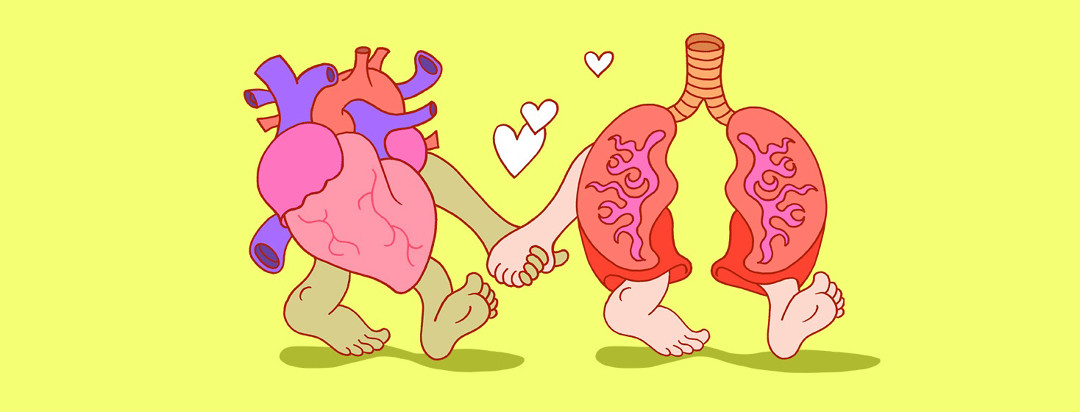February Is Heart Month
The month of February is dedicated to all things of the heart. The feast of St. Valentine falls on February 14th. On this day we celebrate love and affection with cards, gifts, and church services. So, it is no wonder that February is marked as American Heart Month. It is a time to bring attention to the importance of cardiovascular health and how we can all work toward eliminating our risk.
Oxygen and breathing
When we have COPD, breathing becomes an all-encompassing issue. Some of us are reluctant to take supplemental oxygen or to wear it outside of our home. This is a problem because when your lungs are stressed and not getting enough oxygen, it puts a strain on your heart and that can lead to permanent damage or death.
Heart disease and comorbidities
Heart disease is the leading cause of death in the United States and COPD is not far behind at #4. These two diseases are often connected, and because shortness of breath is a hallmark sign of both, distinguishing the culprit can be tricky. So, if you have COPD and think that your shortness of breath is not an issue, think again.
According to Merriam-Webster, a comorbidity is the simultaneous presence of two chronic diseases or conditions in a patient.1 Our heart and lungs work in conjunction with one another, and when we develop COPD, we often also acquire some form of cardiovascular disease.
Types of heart failure
Heart failure is a cardiovascular condition that often severely impacts a person's quality of life. Below are some common types of heart failure.
Congestive heart failure
Congestive heart failure (CHF) happens when your heart becomes too weak to pump blood to the rest of your body. It means that blood can backflow around the heart and lungs, causing shortness of breath. Sometimes this weakness in the heart can be caused by continually stressed lungs.2
Left-sided heart failure
Low oxygen levels in the blood put additional strain on the heart. It makes it harder for the heart to pump, further straining the muscles in the left side of the heart. Left-sided heart failure contributes to fluid build-up in the lungs making COPD symptoms worse. This causes more severe shortness of breath, especially upon exertion.3
Right-sided heart failure
Low oxygen levels due to COPD can cause blood pressure to rise in the arteries of the lungs. This causes pulmonary hypertension in the lungs which places excess strain on the heart's right side. This in turn causes the muscle to become stretched, and as it weakens, right-sided heart failure can develop.3
Advocate for yourself
There is never going to be a better time to advocate for yourself. Be proactive and talk to your pulmonary doctor. Ask them about your increased risk of heart failure and if you should see a cardiologist to help monitor your heart health. Having a pulmonary and cardio doctor work as your team is optimal for your best health.
If you or a loved one has been diagnosed with heart failure, please check out our sister community, Heart-Failure.net!
Editor’s Note: We are extremely saddened to say that on January 7th, 2024, Barbara Moore passed away. Barbara’s advocacy efforts and writing continue to reach many. She will be deeply missed.

Join the conversation